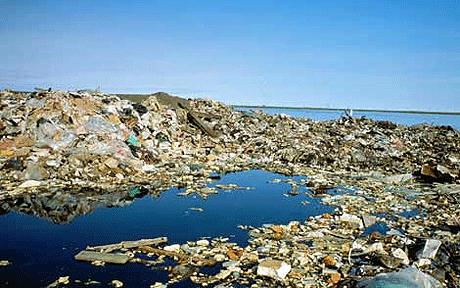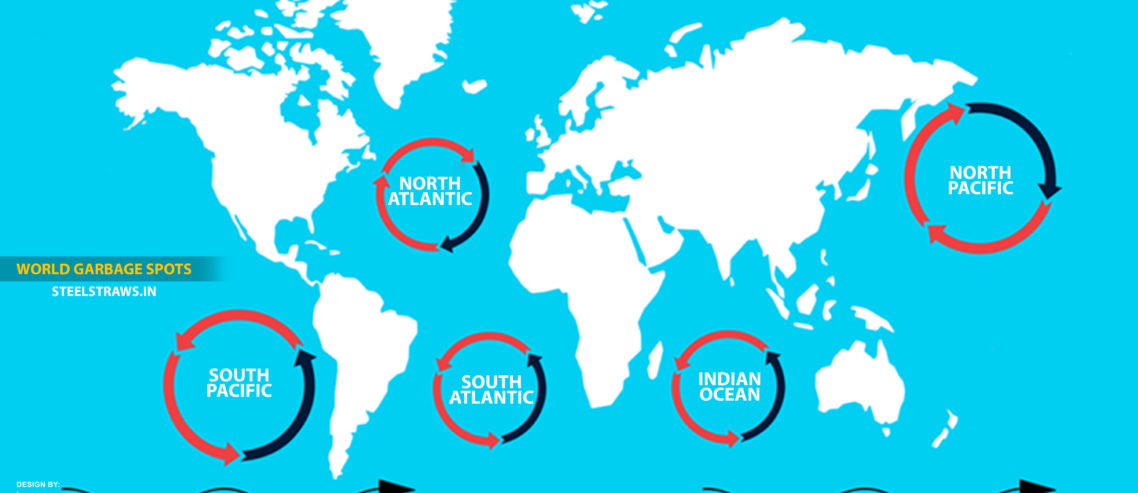North Atlantic Garbage Patch | Top 3 Reasons to Worry
What have we done to our planet? Are we not the culprits for plastic garbage that has spread right across the oceans? This isn’t exactly what we wanted.
The marine life is disturbed due to:
- Regular plastic dumping by humans
- And, the collection of plastic debris in the ocean
It will be incorrect to say that we, humans are not making any efforts to beat this plastic pollution. There are enthusiastic environmentalists and scientists who are making a collective effort to remove plastic from the oceans but still, it isn’t enough. A huge amount of manpower, raw equipment, technically advanced tools and loads of money is required to clean up the mess that we so easily create.

The North Atlantic Garbage Patch (NAGP)
We believe that everyone must have heard about The Great Pacific Garbage Patch (GPGP). If you still haven’t, then read our previous article on GPGP for full details. Now, we shall discuss here another plastic garbage patch that sits hundreds of miles offshore of the southeastern US. Termed as “The North Atlantic Garbage Patch,” it is about the same size as GPGP. The debris patch is filled with many-many plastic products, where some float while the denser ones sink to the bottom of the ocean. Very similar to its cousin, the North Atlantic Garbage Patch is full of non-sense garbage that is literally harming and killing marine animals slowly.
Fast Facts About North Atlantic Garbage Patch
- The large plastic debris patch in the Atlantic covers a region between 22 and 38 degrees north latitude (roughly equal to the distance from Cuba to Virginia).
- The North Atlantic Garbage Patch is composed of tiny pieces of plastic each less than a tenth the weight of a paper clip.
- Most of the trash that is found on the patch was blown out from open landfills or litterbugs. Not surprising at all!
- It has a density of 200,000 pieces of debris per square kilometre. Moreover, the ocean currents carry trash to Hawaii and Pacific garbage patches, escaping the vortex.
Why should we be worried?
The issue has essentially been ignored in the Atlantic. So, the question arises, should we be worried about it? Of course, we must take strict actions against it. There are no second thoughts to it and we must act immediately. Plastic pollution, in its present state, is a devastating concern for marine life, humans, and the Earth itself.
3 Reasons To Worry About North Atlantic Garbage Patch
1. Plastic does not get decomposed
Plastic is a non-biodegradable product that never gets decomposed. It only breaks down into tiny pieces that stay there for many years to come. Furthermore, it releases toxic chemicals on getting burned. This makes it a dangerous substance for the mass population, environment, and humans.
2. Fishes & other sea animals mistake it for food
Tiny pieces of plankton floating on the oceans are mistaken for food by the fishes, sea creatures and other animals. These are of the same size as fish eggs confusing the marine animals for food. Consumption of such harmful pieces of trash causes a choking and painful death. Slow death awaits for all the wild animals in the Atlantic Ocean, if preventive steps are not taken immediately.
3. Enters the natural food chain
If the fishes or other aquatic animals are consuming the substance so naturally the plastic has entered our food chain. Thus, when we order our favourite seafood, we are not entirely sure that it is 100% safe. The tiny plastic material is now into the food web and being consumed by larger organisms including humans, unknowingly.
The three reasons stated above make it clear that we must worry about our ecosystem and the North Atlantic Garbage Patch. It is an issue of gigantic proportions, people!
Addressing The Issue That Resulted In North Atlantic Garbage Patch
No matter how grave the situation is, there is always something we can do to address the issue.
- Stop throwing plastic – The cheapest, efficient and far more effective solution is to stop throwing the plastic products away. It is estimated that about 80% of the plastic trash that is found in the patch was in human’s hands at one point or another. Our thrown away plastic which was washed out to sea now finds its way to the garbage patch. It is one of the biggest headaches that plague our planet.
- Using plastic alternatives – Everyone knows about the 3 R’s-Reduce, Reuse and Recycle. But there’s a fourth R i.e. Re-think, which is what we need today. We must rethink our strategies and use alternatives to plastic products.
So, do your bit for the environment and shop for our eco-friendly alternatives today!
Find out Best Eco-friendly products


Comments
1 Comment
[…] There are big garbage dumps in the sea, that are mostly filled with plastic waste. Read here about the North Atlantic Garbage Patch and the Great Pacific Garbage […]
Comments for this post are closed.